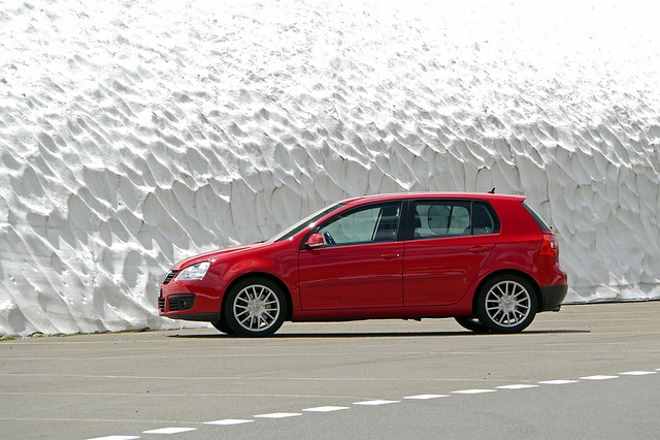Forging Ahead: An Insight into Advanced Metal 3D Printing in the Automotive Industry
Introduction: In an industry driven by precision, performance, and speed, the automotive sector is witnessing a manufacturing renaissance. Advanced metal 3D printing technology is becoming a game-changer, transforming the way cars are built and pushing the boundaries of design and functionality. This article uncovers the fascinating story of metal 3D printing and its ground-breaking impact on the auto industry.

The Genesis of Metal 3D Printing in Automotive Manufacturing
In its early stages, 3D printing was largely associated with plastic components and prototyping. Metal 3D printing, also known as additive manufacturing, emerged as a robust and versatile technology in the last decade. It presented opportunities for automakers to experiment with complex geometries, reduce weight, and increase efficiency, marking a significant shift in production lines worldwide.
The Technology Behind Metal 3D Printing
Metal 3D printing involves the deposition of powdered metal layer by layer, fused together by a high-power laser or electron beam. This process allows the creation of intricate, lightweight structures that would be impossible with traditional manufacturing methods. Moreover, it enables rapid prototyping and customization, thereby significantly reducing development time and costs.
Metal 3D Printing: Disrupting the Auto Industry
The implications of metal 3D printing for the automotive industry are profound. For one, it offers enhanced performance by allowing the production of parts with optimized geometries, leading to weight reduction and improved aerodynamics. It also opens the door to unprecedented customization, enabling manufacturers to tailor vehicles to individual customer preferences.
Challenges and Opportunities with Metal 3D Printing
Despite its potential, metal 3D printing in the automotive sector is not without its challenges. High costs, limited material choices, and quality control issues are among the hurdles to widespread adoption. However, ongoing technological advancements and industry collaborations promise to overcome these barriers, paving the way for a future where metal 3D printing becomes an automotive manufacturing mainstay.
The Future of Metal 3D Printing in the Automotive Industry
As we look towards the future, it’s clear that metal 3D printing will continue to reshape the automotive industry. The technology’s ability to deliver complex, customized, and high-performance parts will drive its adoption among automakers. While it may not replace traditional manufacturing methods entirely, it will undoubtedly complement them, pushing the boundaries of what’s possible in automotive design and engineering.
In conclusion, metal 3D printing is revolutionizing the automotive industry, offering unprecedented opportunities for innovation. As we navigate this exciting terrain, it’s important to stay informed and appreciate the engineering marvels that lie ahead. After all, the ultimate beneficiaries of these advancements are the drivers, who will enjoy vehicles that are more efficient, customizable, and high-performing than ever before.




